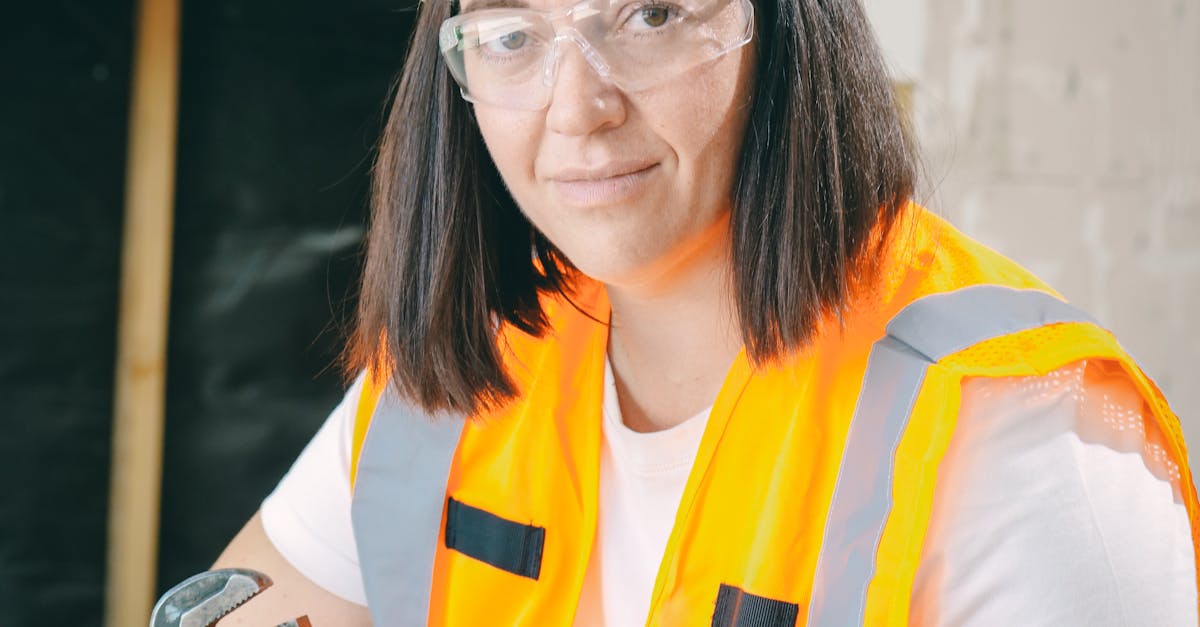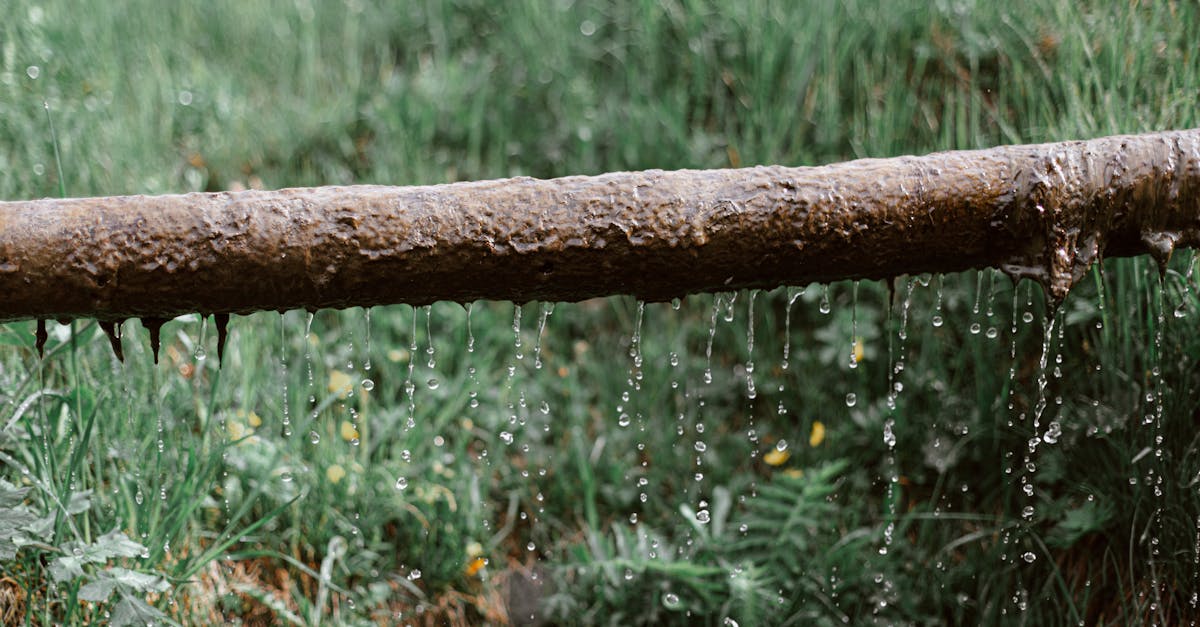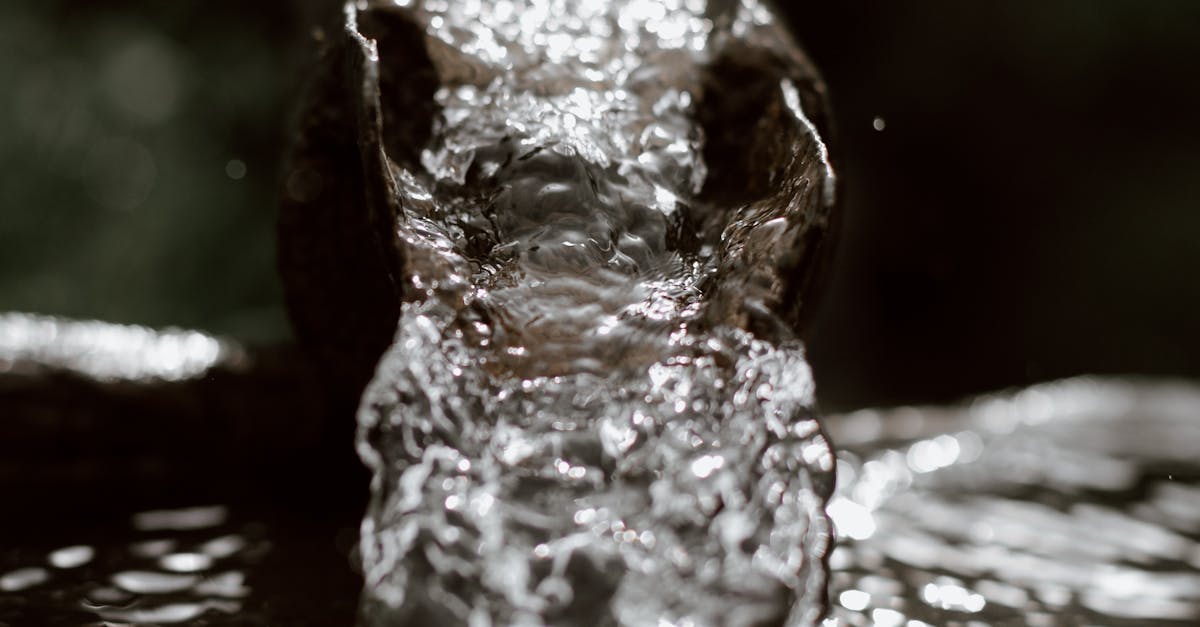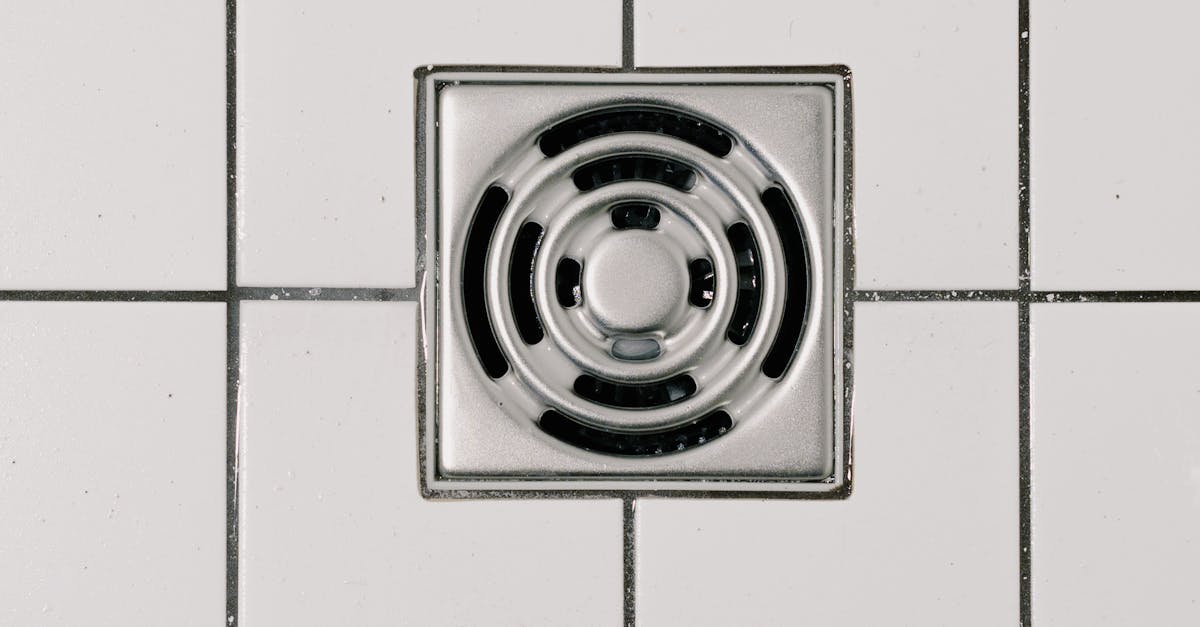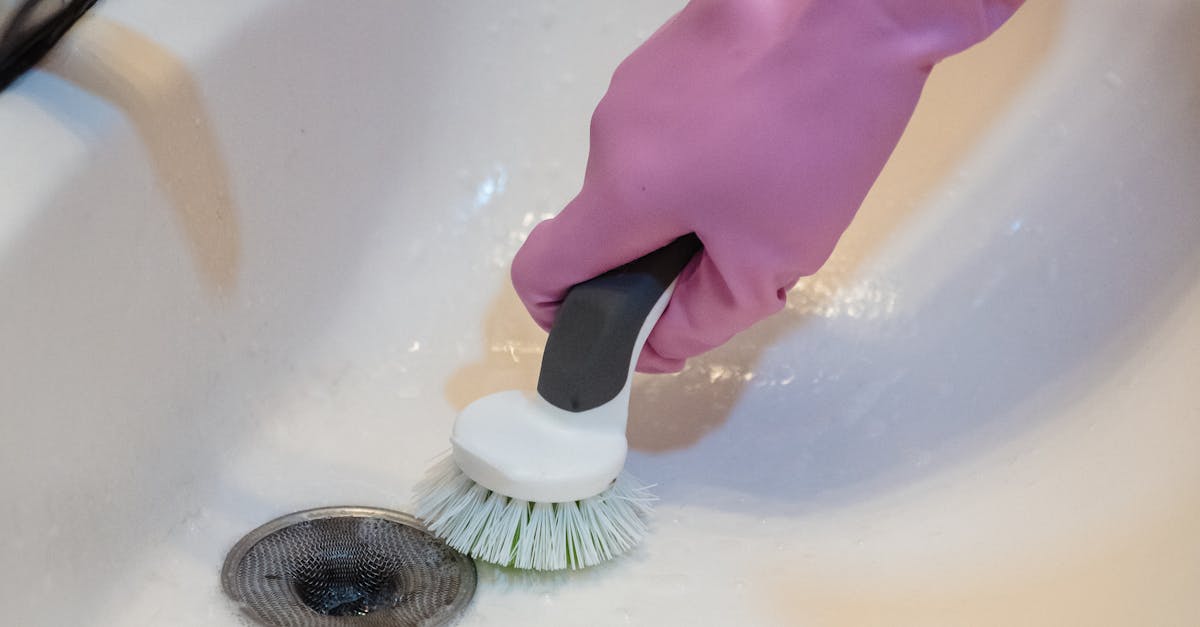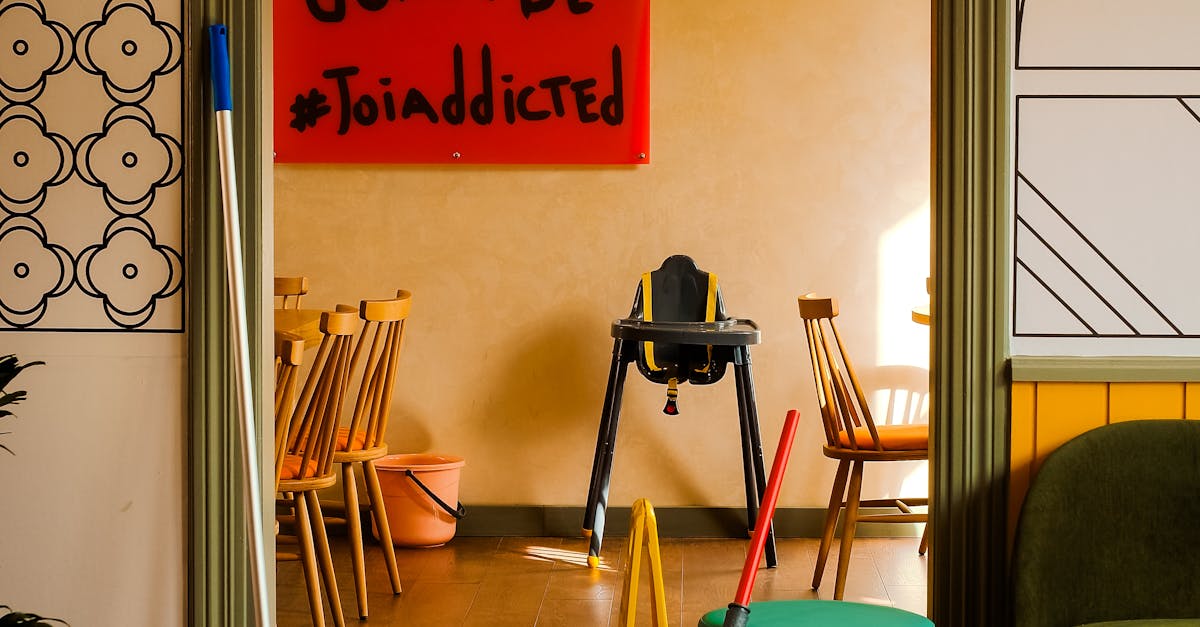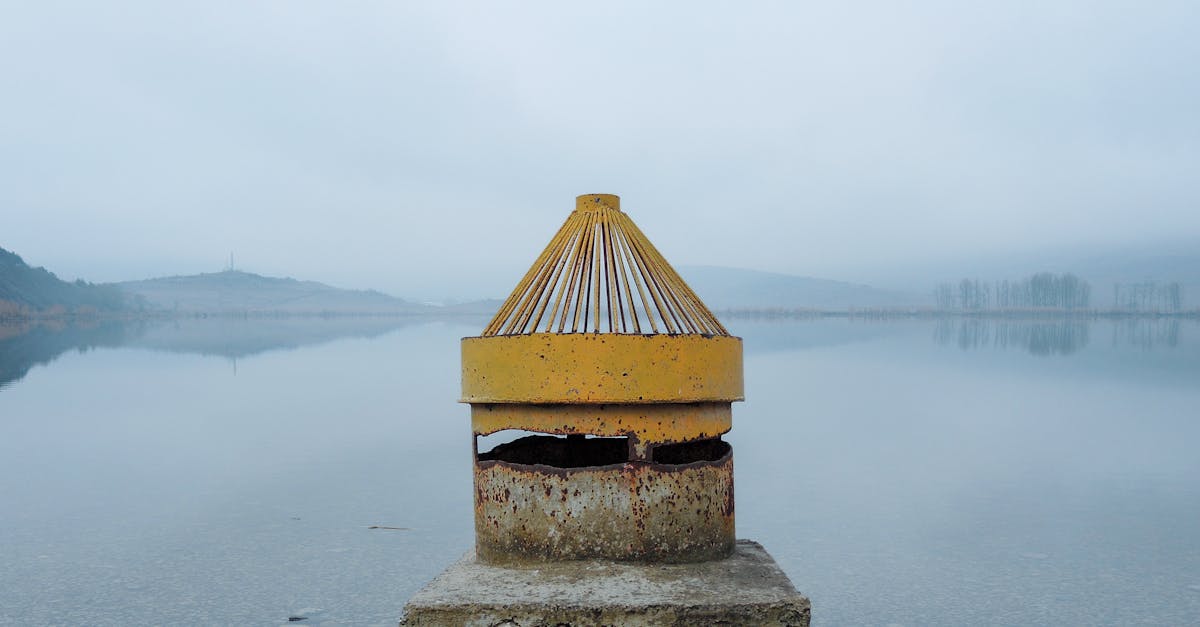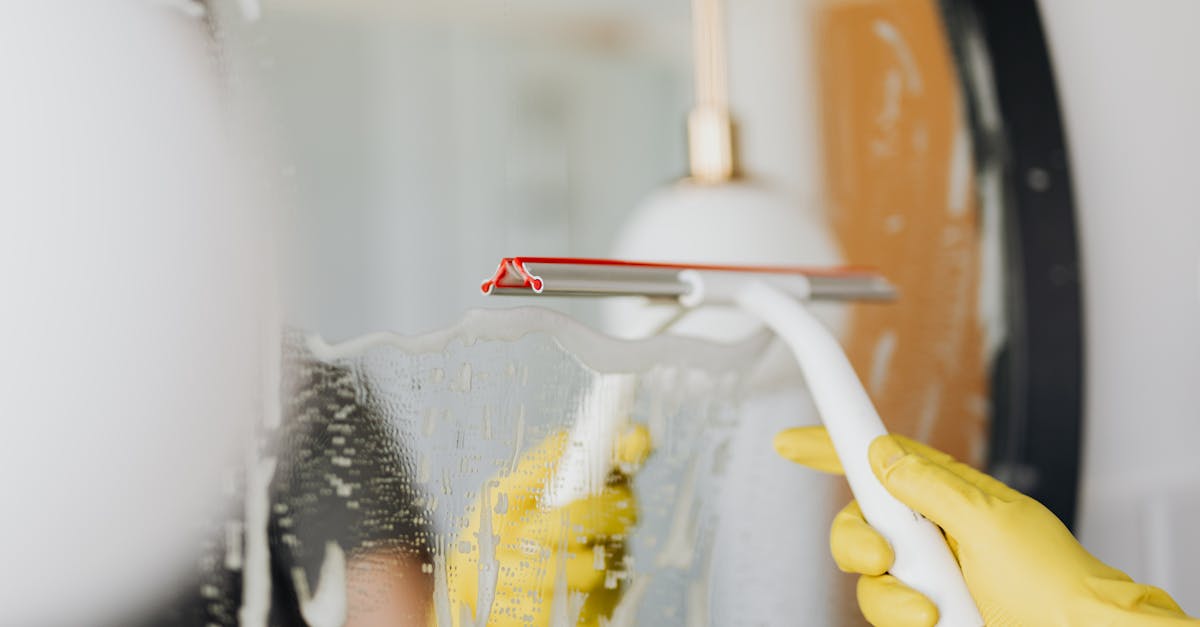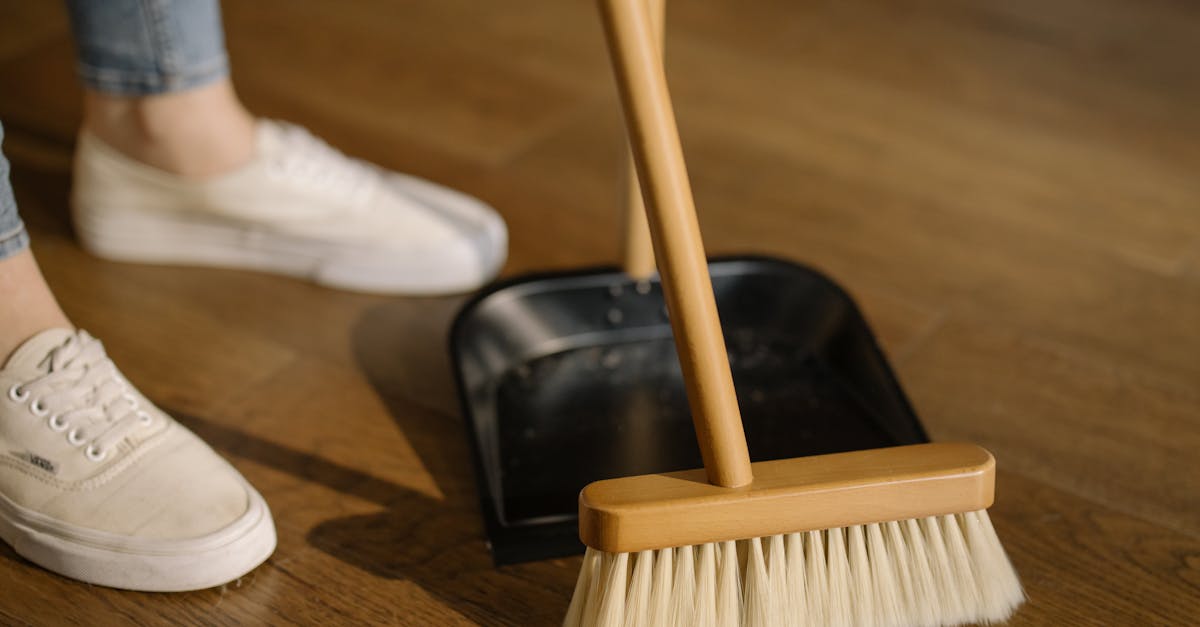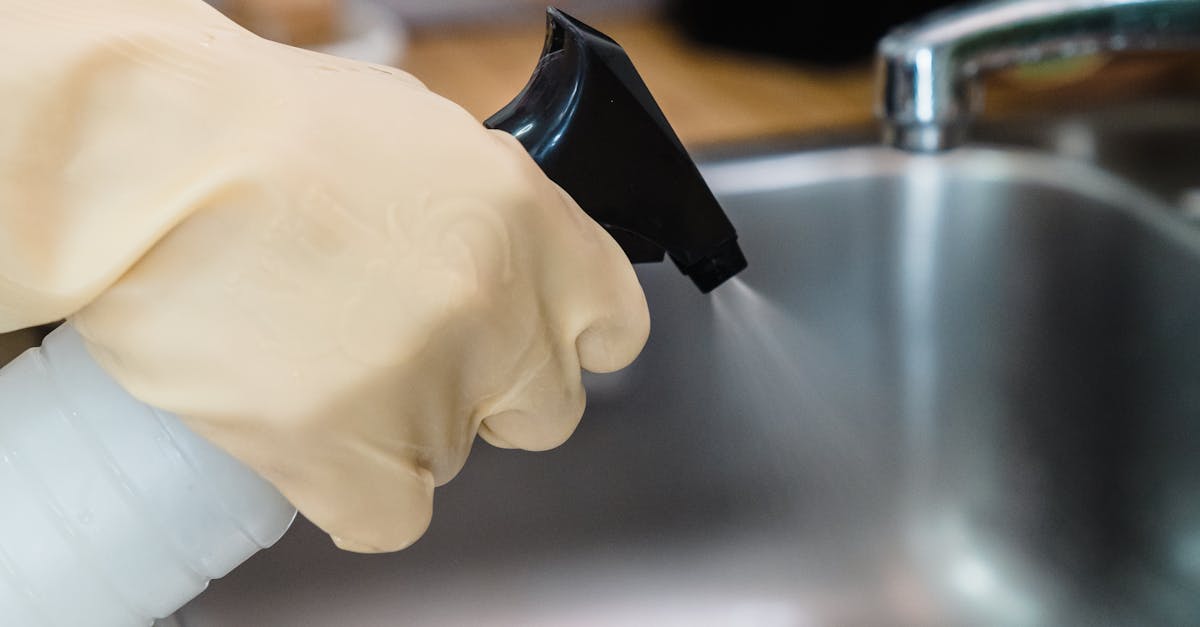
Table Of Contents
Installation Without Plumbing
Installing a sink without traditional plumbing can seem daunting, but it’s certainly achievable with some creativity. Alternative methods allow you to set up a sink that meets your needs without relying heavily on installed water lines. A popular approach is to use a water container that can be filled manually. This method provides flexibility and mobility, making it suitable for outdoor settings or places where plumbing is impractical. Sink installation and repair becomes a more manageable task when you embrace innovative solutions.
Another option involves utilising a portable sink setup that incorporates a water pump. This can be particularly handy for camping or recreational spaces where permanent plumbing is unavailable. The pump draws water from a reservoir, providing a steady stream for washing hands or cleaning dishes. Such systems often include drainage solutions that do not require traditional plumbing, enabling effective waste management. By thinking outside the box, you can enjoy the functionality of a sink without the complexities of conventional plumbing installations.
Creative Solutions for Water Supply
When considering sink installation and repair without traditional plumbing, one can explore portable water sources. Using a simple water container can suffice for certain tasks, especially in outdoor settings. A large water jug or tank can be filled manually, allowing for temporary access to water for washing hands or rinsing dishes. This method is particularly useful in locations where plumbing is not readily available, such as in sheds or campsites.
Another solution involves utilising gravity-fed systems. By positioning a larger container at a height, gravity can assist in providing a steady flow of water. This kind of setup eliminates the complexities of standard plumbing while still offering a functional water supply. While these creative methods may not replicate the convenience of traditional plumbing, they provide practical alternatives for those attempting sink installation and repair in unconventional environments.
Connecting to Existing Water Supply
Connecting a new sink to an existing water supply can simplify the installation process and ensure a reliable water source. If you have access to the necessary plumbing, it is often a straightforward task. Begin by turning off the water supply to prevent any leaks or spillage. The next step involves assessing the current pipes to determine the best way to attach the new fittings. Sink installation and repair typically require materials like flexible hoses and appropriate connectors to facilitate a watertight seal.
When hooking up the sink, it is important to match the water inlet sizes and ensure compatibility. Installation guidelines should be closely followed to avoid complications down the line. If you're integrating the sink into a pre-existing space, paying attention to local plumbing codes will also be essential for a compliant setup. Correctly connecting to the existing water supply not only aids in functionality but also optimises the overall performance of the sink.
Options for Hooking Up Without Traditional Plumbing
When exploring ways to hook up a sink without traditional plumbing, several options can be considered. One popular approach involves using a self-contained sink unit equipped with a water supply tank. These units are perfect for spaces lacking direct plumbing connections, offering convenience for both temporary and permanent installations. They often include a foot pump or a simple mechanism to draw water for everyday washing tasks, maintaining usability without complex plumbing systems.
Another feasible option is to utilise a rainwater collection system. This method not only provides a sustainable water source but also allows for flexibility in sink installation and repair. By linking a sink to a rain barrel or similar container, users can manage their water supply effectively, particularly in outdoor or remote settings. Such an approach fosters innovation, making it possible to enjoy the benefits of a functioning sink while circumventing traditional plumbing limitations.
Alternative Drain Solutions
For those considering sink installation and repair without traditional plumbing, alternative drain solutions can be quite effective. One option is to utilise a pail or bucket system beneath the sink to collect wastewater. This method requires regular monitoring and emptying, but it eliminates the need for complex plumbing setups. It offers a straightforward and manageable way to handle drainage, especially in temporary installations or DIY projects.
Another creative solution involves using a portable drain basin that can be connected to a garden hose or similar apparatus. This setup allows for easy disposal of water while ensuring that the area remains clean and functional. It’s particularly useful in outdoor settings or for a laundry sink in a shed. Embracing these alternative drain solutions not only simplifies the installation process but also caters to those who prefer low-fi methods for their sink installation and repair projects.
Using a Pail or Other Methods
For those opting for a practical approach, using a pail for draining water offers a simple and straightforward solution. By placing a sturdy container beneath the sink, you can effectively manage any water that flows through. This method is particularly useful when performing sink installation and repair in locations where traditional plumbing is not feasible or when you're operating under temporary conditions.
Additionally, this technique allows for flexibility in the placement of the sink while avoiding more complex plumbing challenges. Regularly emptying the pail ensures that you maintain cleanliness and prevent any overflow. This can be especially handy in small or mobile setups, where permanent plumbing modifications may not be practical or desired.
FAQS
Is it possible to install a sink without any plumbing at all?
Yes, it is possible to install a sink without traditional plumbing by using creative solutions for water supply and drainage, such as connecting to existing water sources or employing alternative drain methods.
What are some creative solutions for supplying water to a sink without plumbing?
Creative solutions include using a portable water tank, connecting to a nearby hose or spout, or employing a gravity-fed system to ensure water can be accessed for the sink.
How can I connect my sink to an existing water supply without traditional plumbing?
You can connect your sink to an existing water supply by using flexible hoses or spouts, which can temporarily supply water without needing extensive plumbing installation.
What alternative drain solutions can I use if I cannot install traditional plumbing?
Alternative drain solutions include using a pail to catch wastewater, installing a small storage tank, or opting for a sink with a built-in waste disposal option that requires minimal plumbing.
Are there any regulations I need to be aware of when installing a sink without plumbing?
Yes, it's essential to check your local building codes and regulations, as some areas may have specific requirements regarding waste disposal and water supply for sinks, even if not connected to traditional plumbing.
